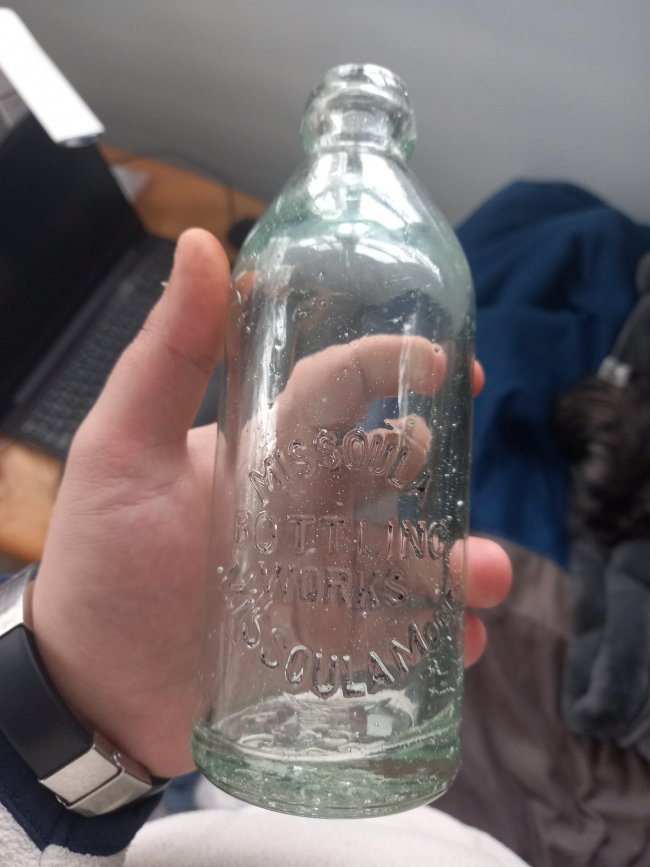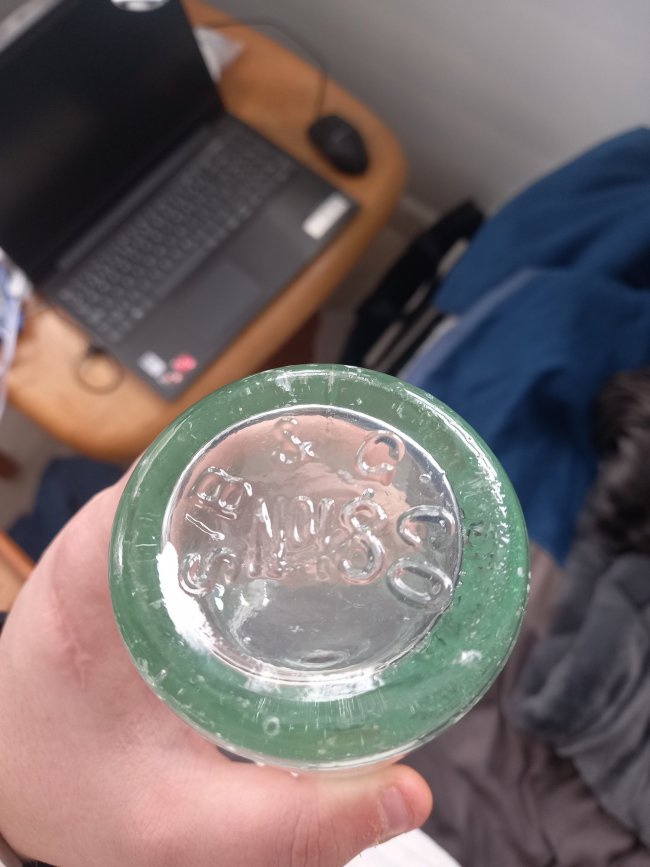b.ecollects
Well-Known Member
- Joined
- Nov 15, 2021
- Messages
- 70
- Reaction score
- 114
- Points
- 33
Hello. I found this bottle at a local antique store. It's from Missoula, Montana. I can't find any information on this bottle other then the company name, which is embossed on the bottom.
On the bottom, it says:
S B & G CO
No 18
I would like to find out more about the age and the company who made it. Thank you.
On the bottom, it says:
S B & G CO
No 18
I would like to find out more about the age and the company who made it. Thank you.


